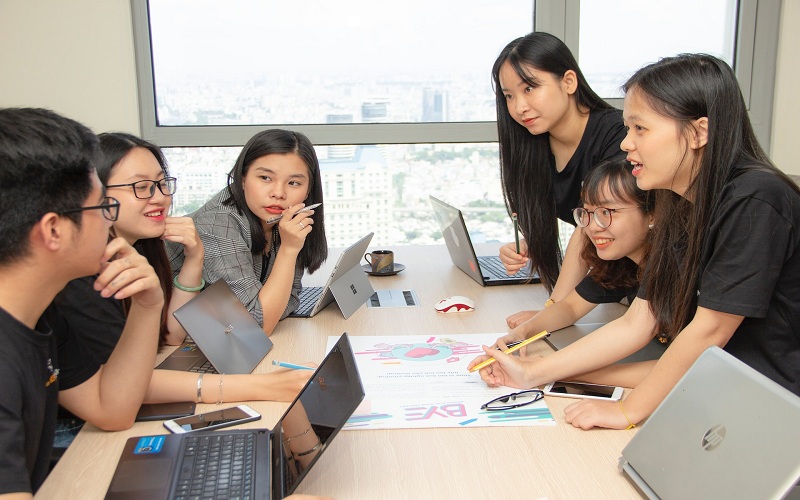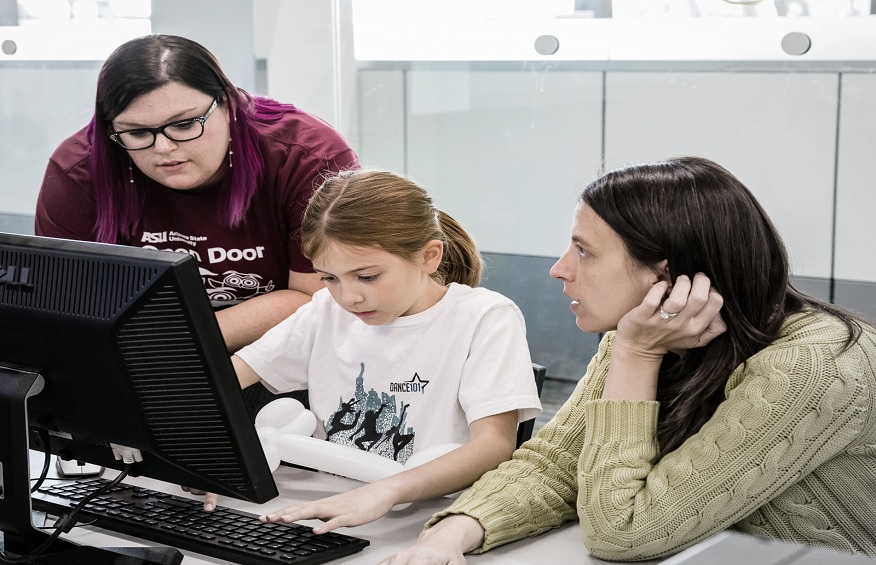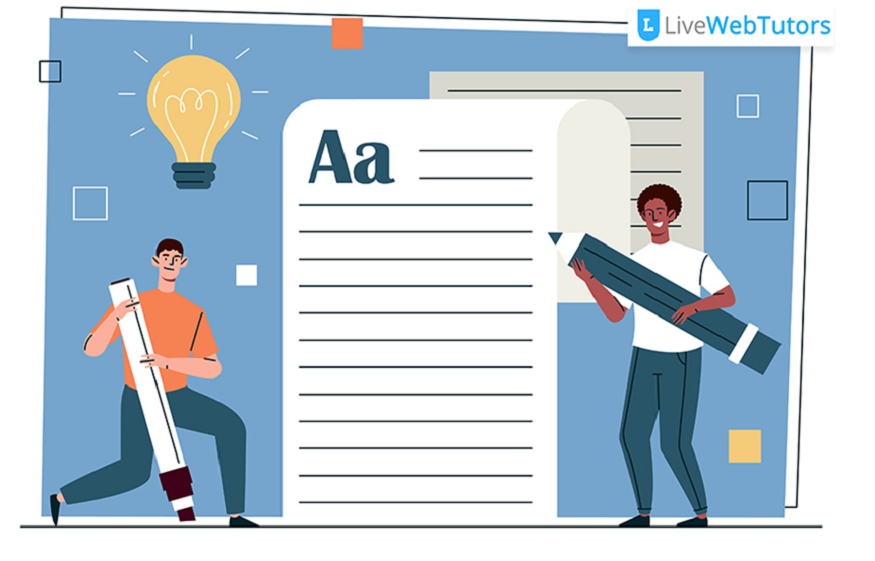In today’s changing business world, design thinking has emerged as a critical tool for promoting creativity and resolving difficult issues. Participating in a design thinking workshop can offer insightful discussions and practical experience, giving attendees the tools they need to use this methodology effectively. This article examines the essential elements and advantages of an immersive design thinking workshop and outlines what to anticipate from the experience.
Research on Users and Empathy
Empathy building is one of the initial steps in a design thinking session. Participants participate in activities to gain a deeper understanding of the users they are creating for. User interviews, observations, and empathy mapping activities are frequently required for this. The aim is to gain insights into user demands, behaviours, and pain spots to set the stage for creating truly useful solutions.
These activities facilitate participant development of a more complex and sympathetic viewpoint, which is essential for producing user-centred designs. By putting themselves in the users’ shoes, participants can obtain important insights that guide the remainder of the design thinking process.
Identifying the Issue
Clearly defining the issue comes next, following the collection of insights from the empathy stage. This entails combining the data gathered to create a clear, actionable problem statement. The ideation and prototyping stages are guided by the direction established by the problem description phase, which guarantees that the team is cohesive and concentrated on tackling a particular difficulty.
Usually, participants collaborate to condense their results into a brief problem statement. This cooperative approach fosters effective problem-solving by requiring a common understanding and dedication to the issue at hand.
Creating and Generating Ideas
After establishing a precise problem definition, participants proceed to the ideation stage. Here, they are encouraged to be creative and use divergent thinking skills as they generate a wide range of possible answers. To promote an imaginative and free-flowing environment, the goal is to come up with as many ideas as possible without passing judgement or offering critique right away.
A variety of methods, including mind mapping, sketching, and role-playing, are frequently employed to foster creativity and broaden the scope of concepts. The ideation stage is a dynamic and stimulating process that pushes participants to consider novel ideas and solutions.
Testing and Prototyping
After the ideation process, participants choose the most promising ideas to develop into prototypes. Making physical prototypes of the concepts is known as prototyping. These prototypes can be anything from basic models and sketches to intricate and interactive simulations. Prototyping is the process of bringing ideas to life and evaluating them in real-world situations.
Participants in a design thinking workshop usually work on rapid prototyping, iterating their designs in response to testing and feedback. The iterative method facilitates ongoing enhancement and optimization, guaranteeing that the ultimate solutions are in harmony with the users’ requirements and anticipations.
Team Dynamics and Collaboration
Working together is a crucial component of a design thinking workshop. Collaborating in interdisciplinary groups, participants pool their varied backgrounds and specialities. This cooperative setting encourages a feeling of shared accountability and group problem-solving, which raises the calibre and inventiveness of the answers produced.
Throughout the programme, participants gain important communication and teamwork skills, which are necessary for productive collaboration. A strong focus on teamwork fosters an environment where everyone feels appreciated and heard
Conclusion
Taking part in a workshop focused on design thinking provides a thorough and engaging introduction to using this effective approach. Attendees may anticipate learning in-depth concepts of design thinking, doing user research, defining precise issue statements, coming up with original solutions, and creating and testing prototypes. The workshop’s collaborative style encourages cooperation and communication skills, making it a useful tool for anyone trying to spur creativity and tackle challenging issues at work. Individuals and groups can reach new heights of creativity and efficiency by taking part in a design thinking workshop, which will ultimately result in more significant and user-centred solutions.





